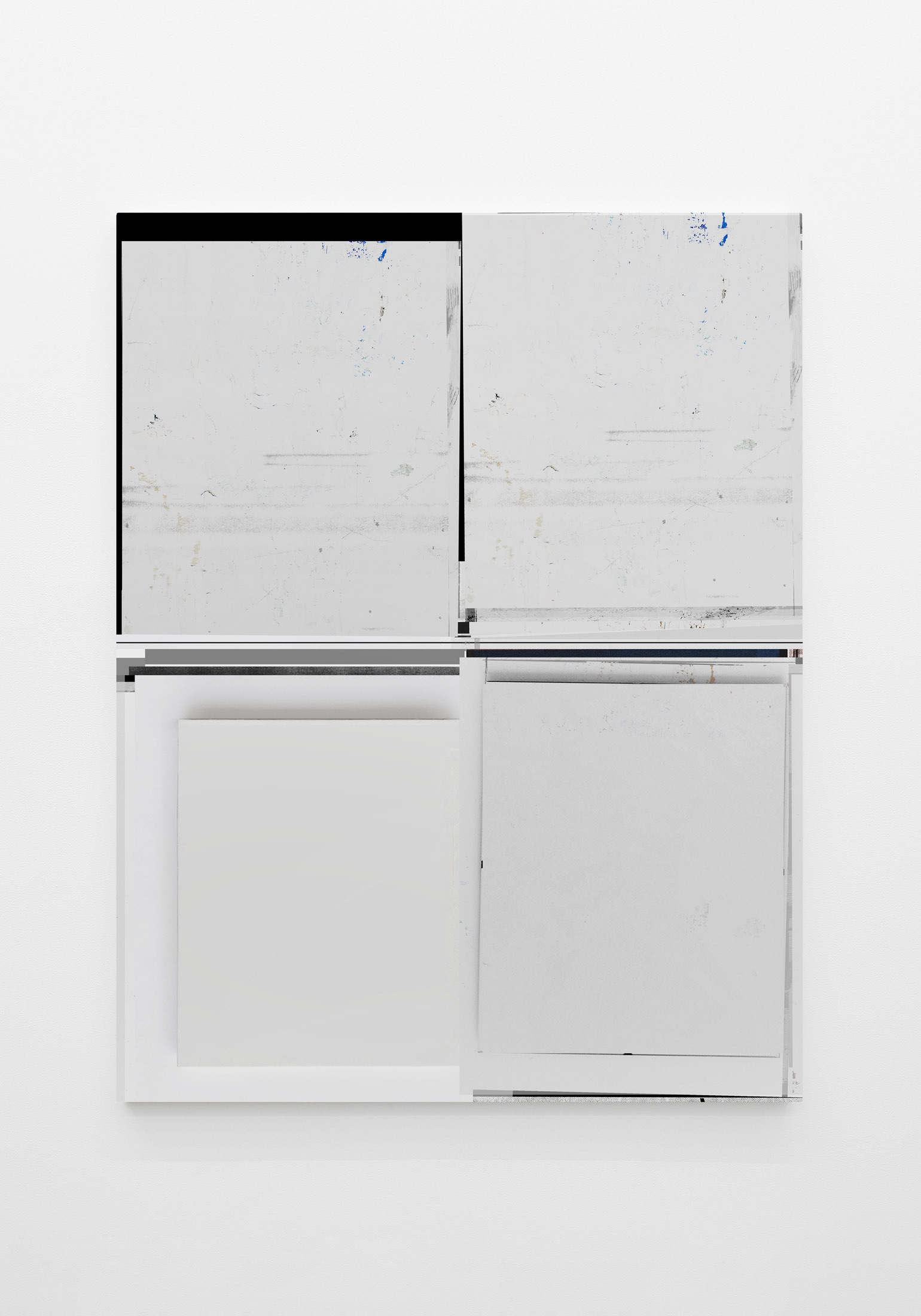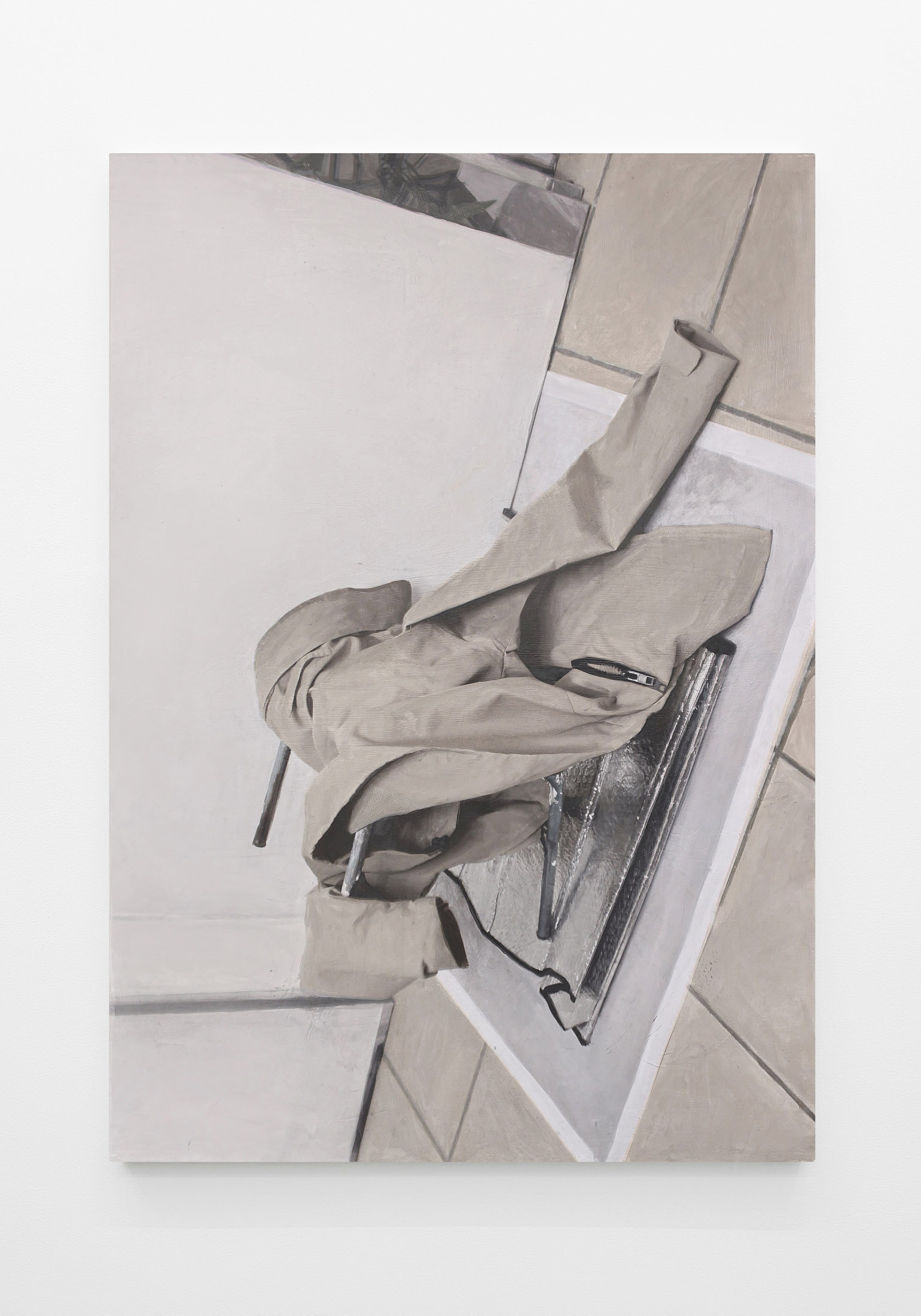Conversation with Francesco De Prezzo
Francesco De Prezzo examines the logics and structures that configure the exhibition space and its different forms of mediation. His work is activated by the interweaving of the presence, absence, substitution, and almost erasement of the work of art as such.
De Prezzo carefully explores the layout and arrangement of the space, using it as a stage on which the viewers circulate in search of clues and fragments that will help them potentially form and construct the artwork. Through a well-constructed narrative, the artist places the object creating situations of ambivalence and questioning the concept of exhibition-making.
Following his project “Placeholder Sculptures” at FORM (Wageningen, The Netherlands), Art Viewer talks to Francesco De Prezzo about his working process.


Art Viewer: Our minds are wired to find patterns and connections, and the power of context, (as also the power of disposition) can have a profound impact on how we perceive and interpret things, reminding us and exploring the exceptional power of language in parametrizing and transmitting an experience. Could you tell us a bit about the title of your recent project, “Placeholder Sculptures” at FORM? Why “placeholder”?
Francesco De Prezzo: Well, “Placeholder Sculptures” revolves around this concept of the perceived absence of artwork or the promise of it.
I used photographic stands as placeholders for potential future artworks, calling attention to the space and anticipation of art rather than the art itself.
The choice of tripods/stands is tied to my continuous exploration of the interaction between artwork and viewer. Tripods are, in their essence, stage tools that usually serve to frame and create images. They represent the potential for creating or capturing something. Yet, their presence in the gallery – in the absence of cameras or the act of holding something – becomes something of an open question, they highlight a position rather than constitute a work themselves.

AV: Your exhibit description suggests that the viewer is unsure if “something has already happened or is yet to happen.” Could you explain that a bit more?
FDP: I’ve always been interested in exploring the role of the viewer in the creation of art. In “Placeholder Sculptures”, the set-up becomes something like an incomplete anticipation.
The ambivalence of the situation – whether a set-up has just occurred or is about to – is designed even causing us to question their own expectations or assumptions about the works and exhibitions.
The very fact that we are dealing with objects and not works should give us pause for thought.

AV: Could you talk a bit about your process when it comes to the layout of your exhibitions, especially considering the importance of space in your work?
FDP: I am constantly looking for a replacement for the visible, if it is a painting, I prefer to erase it to a monochrome, and if it is a sculpture, I try to replace it with something similar: placeholder structures as in this case or objects ordered from amazon, in short, anything that resemblance to a work of art is fine.
Representation, according to artistic tradition, has always been an act that establishes a link between a subject and an object, between a signifier and a signified. But in my works, the initial stage of creation (the blank canvas) sometimes seems to resemble the phase where the work is finished.


AV: In your paintings, there’s a layer of paint that seems to nullify or erase the original painting, making it only partially visible. As a transition from figurative painting to abstraction. What are you aiming to communicate through this partial concealment?
FDP: The act of covering or partially erasing the original painting is, first and foremost, a process of synthesis. It’s a challenge to the notion of fixed visual perception. It’s about the power of the unseen, the partial, and the overlooked. These cancellations play into my overall intention of questioning the role of painting as language, how much we rely on it for communication, and how much it can hold within its confines.
“It is the spectators who make the paintings”, said Duchamp, echoing a phrase that must be related to the intuition of an emergency of the culture of use for which meaning arises from collaboration and a negotiation between the artist and the one who comes to see the work.
A visual environment that tends towards abstraction opens up other ways for the work.

AV: In your series of paintings, “Mockups Paintings,” you introduce the idea of the prototype within the field of painting. A prototype is a design tested and proven for its subsequent mass production. Can you elaborate on this? On the other hand, your paintings erase traces of the artist’s gesture and artistry through layers that cover de original painting. Do you also work on the concept of the authorless? Are you also interested in producing works of art that can be produced, distributed, and evolved without their designer or creator? Also, even the customization of paintings by the viewer/user?
FDP: Everything you mention happens every day on art magazines and social media. It is not even necessary for the artist to wish it. Works of art are reposted, advertised, and displayed starting from their images (from the image that the photographer has chosen to show us). In this way, today we are consuming more works and exhibitions than ever before (In this mediated form).
In the “Mockup Paintings” series the copy (the only silkscreen copy of each painting) replaces the original, reproducing its textures and the sensation of the paint, like a trompe-l’oeil, showing us the image of the painting, not the painting itself.
Acting like a graphic designer , I ‘layout’ the images of 4 paintings that were previously destroyed, making up a large screen-printed one.
The concept of uniqueness is of great importance. The only thing visible after a painting’s disappearance is its image, akin to a historical event leaving behind its documentation. As an audience, we can only connect with it in this way.



AV: You decided to narrate your latest project through a careful photographic aspect. Can you speak to the role that publications like art magazines and art history books play in framing or even narrating a work or an exhibition?
FDP: When I work, I think about both the viewer who physically interacts with my work and the one who might encounter it through a magazine or a book. Sometimes, this duality is part of the concept, as in the “Placeholder Sculptures”.
But it’s also a reminder that the meaning of a work isn’t fixed. It evolves with each interaction, whether that interaction is in person or through documentation. There’s always an element of letting go once the work leaves the studio – allowing it to live and breathe and evolve through the perceptions of others. And documentation, in its many forms, plays a huge role in that evolution.
While the primary experience of art remains irreplaceable, these forms of documentation add another dimension. They allow a broader audience to engage with the art, extending its life and impact beyond the physical confines of a gallery or a museum. However, they can also create a certain distance or distortion, much like a photograph of a sculpture, as it’s a mediated experience, and it is in this relationship that the most interesting things happen.
The images of “sculpture” can change the way we perceive “sculpture”, to the point of participating in it, bending it under new perspectives and meanings attributed.
Each viewer’s engagement with what we will conveniently term as ‘artwork’ is, in truth, an often unconscious process, shaped by elements such as our prior knowledge of the artist in question, the information we have absorbed before entering a particular exhibition, or even what a friend shared with us over coffee the previous afternoon. Even if we do not realize it, everything is on the same level.
AV: How do you see your work evolving in the future?
FDP: I am currently preparing a new solo exhibition that will open in 2024 at LOOM Gallery in Milan. This new project will certainly share my underlying quest for investigating perception, presence, and the potential of representation.
